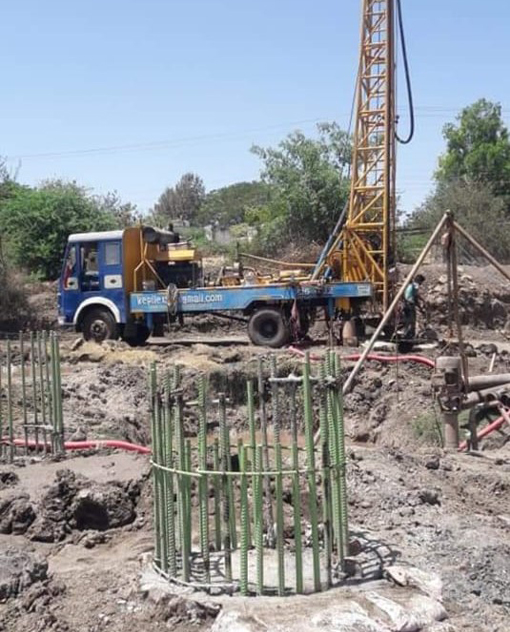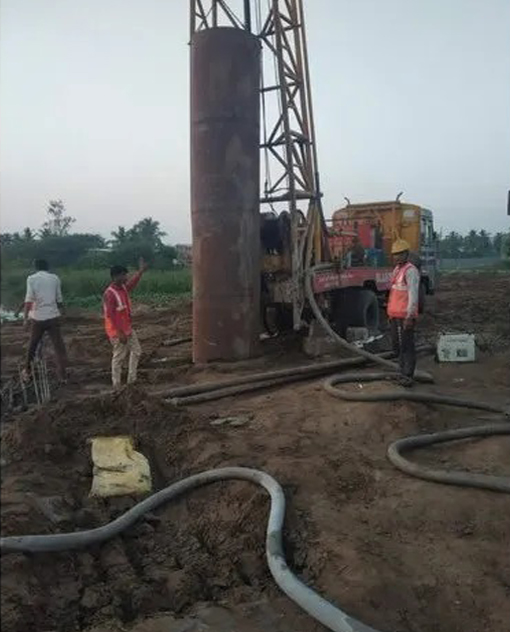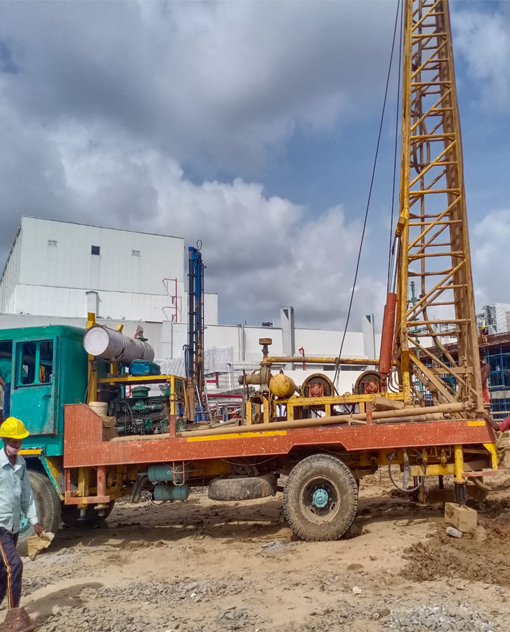Our Product Descriptions
Truck-mounted rig piling is a method used for installing piles.
Truck-mounted rig piling is a method used for installing piles, which are deep foundation elements, typically made of concrete, steel, or timber, into the ground to support structures like buildings, bridges, and industrial facilities. Here's an overview of the process:
Truck-mounted rig piling offers several advantages, including mobility, versatility, and efficiency. It can be quickly deployed to different sites, making it suitable for projects with varying requirements and site conditions. Additionally, the use of hydraulic or vibratory hammers allows for rapid pile installation, reducing overall construction time and costs.
Here's a breakdown of the process
- Preparation : Before beginning the piling process, the site is prepared by clearing any obstacles and ensuring access for the truck-mounted rig. The specific piling locations are marked according to the engineering plans.
- Setup : The truck-mounted rig is brought to the site and positioned near the designated piling locations. The rig is typically equipped with a hydraulic hammer or a vibratory hammer, which is used to drive the piles into the ground.
- Pile Installation : The selected pile material is loaded onto the rig, and the piling process begins. The rig positions the pile over the designated location, and the hydraulic or vibratory hammer is used to drive the pile into the ground. The hammer applies downward force to the pile, causing it to penetrate the soil or rock layers below. The pile is driven to a predetermined depth or until it reaches a specified resistance level, indicating sufficient load-bearing capacity.
- Monitoring : During the piling process, various parameters may be monitored to ensure the piles are installed correctly and meet the required specifications. This may include monitoring the depth of penetration, driving resistance, and pile alignment.
- Testing : After installation, the piles may undergo testing to verify their load-bearing capacity and structural integrity. This can involve conducting static load tests, dynamic load tests, or integrity tests to assess the performance of the piles under different load conditions.
- Completion : Once all piles are installed and tested satisfactorily, the truck-mounted rig is demobilized from the site, and the foundation is ready for further construction activities, such as setting anchor bolts, connecting structural elements, or pouring concrete.


